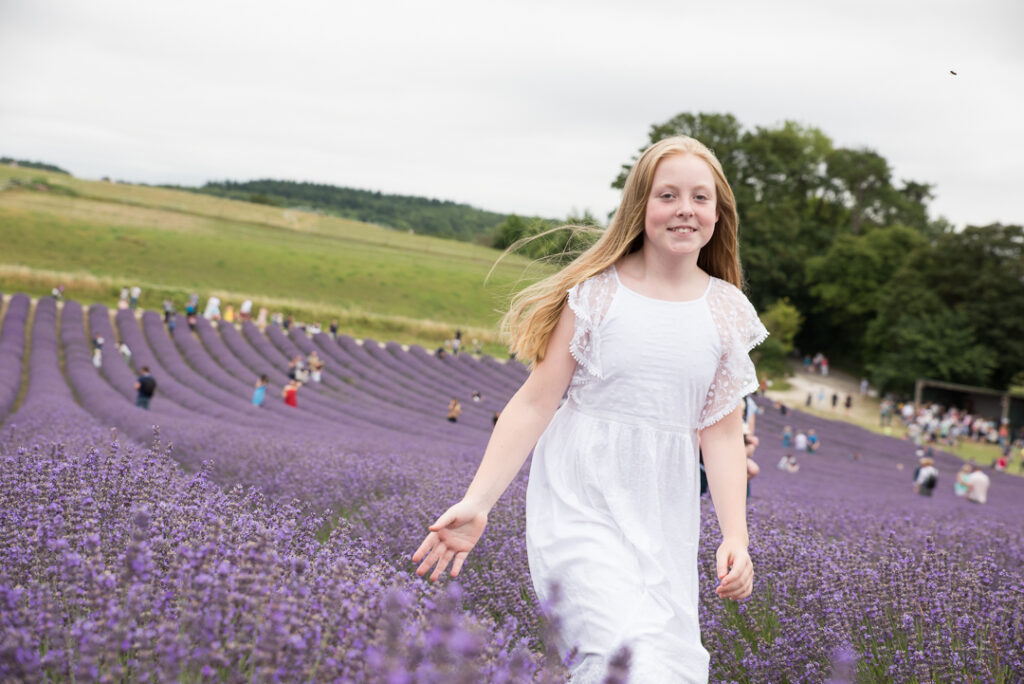Research Task – Personal Reflection
● Where does that leave the photographer? As storyteller or history writer?
● Do you tend towards fact or fiction?
● How could you blend your approach?
● Where is your departure from wanting/needing to depict reality
The first few paragraphs of Part 5 outline the notion objects within images become art rather than merely a record. The item doesn’t actually exist, it is a representation of the ‘thing’ and can be presented in a way that the photographer chooses. Therefore it is art giving a sense of ‘reality’.
It reminds me of the famous painting ‘this is not a pipe’ by Rene Magritte (publicdelivery). The view is asked to question the reality of the image. The artist is saying this is not a pipe, it’s a painting of a pipe. In the same way we are asked to look at an object within an image as a representation of that object, which eludes to it’s reality, but which isn’t in fact real.

● Where does that leave the photographer? As storyteller or history writer?
For me I think it depends on the intention of the photographer. If they are merely taking an image of what’s there then you are recording history, but even then the composition you choose, what you include and what you don’t all lead to it being a story rather than a historical fact. In fact in his article ‘Fact or Fiction’ (McPherson), James McPherson argues that there is very thin line between ‘historians construct and reconstruct the past’.
The ‘Black Lives Matter’ movement in the UK in 2020, also highlighted how little of black history is acknowledged or taught to British children. Statues of once respected businessmen have been torn down due to their links to the slave trade. The other thing, for me about history is that the focus changes depending on the current political and social views of the day.
● Do you tend towards fact or fiction?
I’m pretty sure that I tend towards fiction. In fact, I have always enjoyed manipulating my photos to enhance the composition and the story it tells. If there’s a flag pole sticking out of someone’s head, I’ll take it out!
● How could you blend your approach?
I could use composition to take a photo of what I see in front of me, but which I don’t materially change. By that I mean I could take an image of exactly what is in front of me, but make choices in camera about where I’m standing, what angle I use, what time of day it is etc which will enhance the composition of the image. A factual image from my point of view!
● Where is your departure from wanting/needing to depict reality?
I have never had a need to depict reality, in fact I think I definitely want to try to offer an better world. I have created series, for example, my shoes project; Assignment 3 of Content and Narrative which was a self-absented portrait using shoes as a substitute for myself. In order to make the shots look like they were documentary shots of me wearing and using the shoes, I had to construct the images. Therefore, they are representations of what I did, not actual reality.
I believe I’ve always seen photography as art and will edit an image to create the vision I have in my head. I’ll even change a landscape!
Works Cited
“Eggleston Art Foundation.” Eggleston Art Foundation, egglestonartfoundation.org/.
McPherson, James. “Fact or Fiction? | Perspectives on History | AHA.” Www.historians.org, Jan. 2004, www.historians.org/publications-and-directories/perspectives-on-history/january-2004/fact-or-fiction. Accessed 23 May 2021.
publicdelivery. “This Is Not a Pipe – Magritte’s Most Famous Painting.” Public Delivery, Public Delivery, 17 Sept. 2019, publicdelivery.org/magritte-not-a-pipe/.
Szarkowski, John. “William Eggleston’s Guide 2nd Ed. (HC).” MoMA Design Store, store.moma.org/books/moma-publications/william-egglestons-guide–2nd-ed.-hc/378-378.html. Accessed 23 May 2021.


